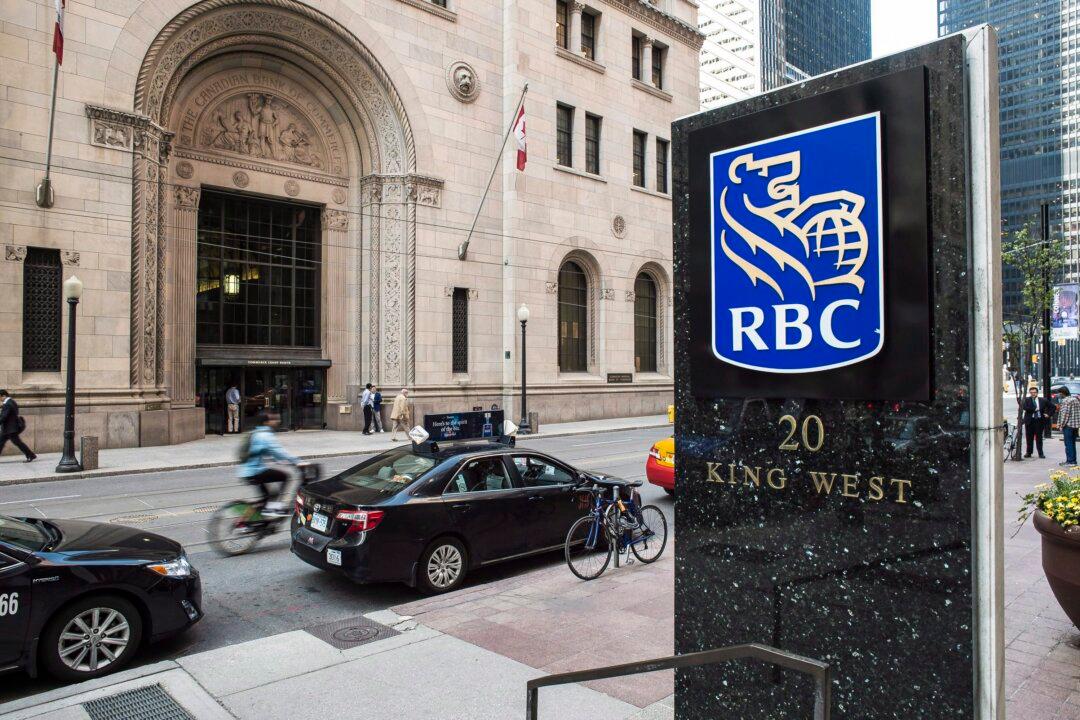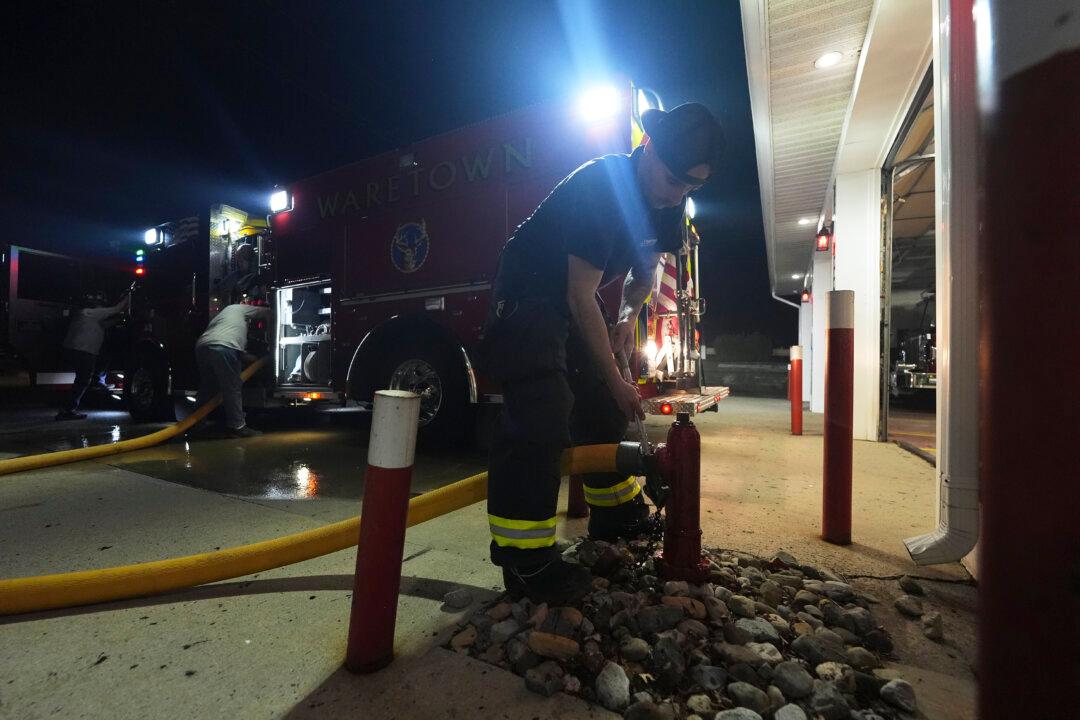TORONTO—Royal Bank CEO David McKay says the lender is “closely monitoring” the real estate markets in Vancouver and Toronto, where home prices have been climbing at a breakneck pace.
“The short supply of single-family homes in both cities—coupled with strong demand fuelled by household formation, including net immigration—has driven strong price appreciation,” McKay said during a conference call to discuss the bank’s third-quarter results.
“We have prudent underwriting practices in place and the necessary technology to closely monitor these markets and quickly react as situations may materialize.”
We remain comfortable with our exposure to the Canadian housing market.
, Chief Risk Officer, RBC





